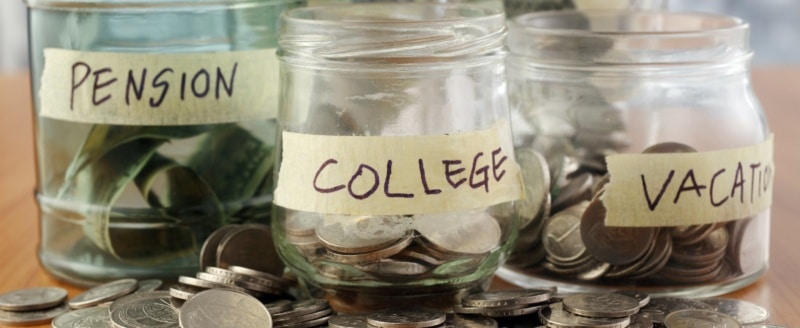It’s hard to find ways to save more money, and living in one the country’s most expensive cities makes that goal even more difficult. The good news? I’ve got three tips that can help you save more money without having to pack up and flee the neighborhood.
Last month, a GoBankingRates study looked at the 60 largest cities in the country in search of the most and least affordable places to live.
The study scored each city on seven factors: median household income, unemployment rate, median home list price, median rent price, average gas price, average monthly cost of groceries and sales tax.
Surprise, surprise, the most expensive cities were on the coasts. San Francisco took the top spot with the highest average gas price, median monthly rent and median home listing price and the second-highest average cost of groceries. Three other California cities – Los Angeles, Oakland and Anaheim – and New York City rounded out the top five.
On the other end of the spectrum, Virginia Beach, Virginia topped the list of the most affordable places to live, with a winning combination of a high median income and low cost of living.
Virginia Beach was followed by San Antonio (which had the country’s lowest grocery costs), Oklahoma City, Omaha and Arlington, Texas.
No matter where you live, having room in your budget for saving money is essential, whether you’re saving for an emergency fund, college tuition, retirement or just your next vacation. Unfortunately, most people aren’t saving as much as they should, and studies find again and again that many Americans don’t have enough money saved to cover emergency costs of $500 or more.
So, what can you do if you’re coping with San Francisco’s housing costs or New York-style grocery bills but don’t want to be broke?
- Stick to your budget. Track your expenses for a month or two, and then take a look at where your money is going. Try to limit your housing expenses to 30 percent of your overall budget, even if you live in an expensive city. Look for other areas where you’re overspending: Do you really need premium cable? Could you have skipped a night of take out? Are you really using that gym membership? Cut costs where you can, and put the extra cash toward your savings. Set a monthly plan and stick to it, but remember to set aside a little money for fun so you aren’t tempted to bust your budget with splurge spending.
- Pay down your debts. It’s even harder to save more money if a chunk of your income goes toward debt payments every month, so pay down your existing debts as quickly as possible and work to avoid taking on new debt. Put as much money as you can each month toward paying off your highest-interest debt while still making at least the minimum payment on your other debts. Once the debt with the highest interest rate is paid off, tackle the next one.
- Set concrete savings goals. It’s easier to stay on track if you have a finish line, so set savings goals with actual dollar amounts. Start with an emergency fund. Most financial experts recommend having a fund with at least six months’ worth of expenses set aside in case you lose your job, are injured and cannot work or any other emergency that could pop up.
It’s easier to save more money in some cities than in others, but a little planning and budgeting can go a long way to growing your savings no matter what.







Many years ago you gave me a short list of categories with the percentages of our salary that you recommended we use as a guideline for budgeting. I searched a long time on your website, but I cannot find that list. It was the easiest one to work with. Do you still recommend we use it? If so, would you please give it to me again? Thank you!
Hi Jill,
I can’t remember where that list is, but we have created a whole product that has a built-in budget calculator that helps you figure out where you should be spending what and tells you what your best money moves are. You can try out the demo at https://bestmoneymoves.com.
If I can find the list, I’ll certainly post it.
Thanks for writing,
Ilyce Glink, Publisher
ThinkGlink.com
Best Money Moves